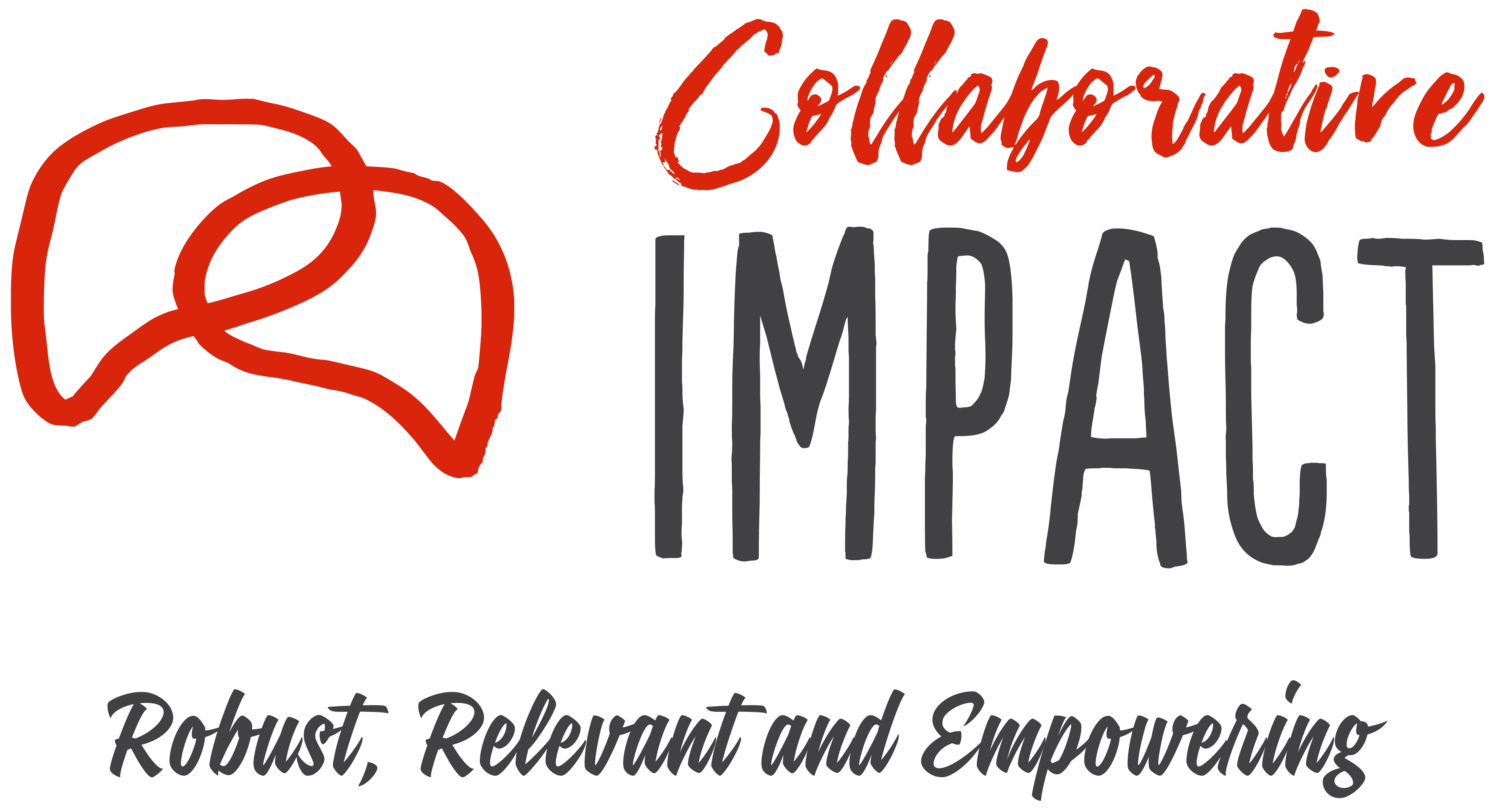SenseMaker®
SenseMaker® is a method for mass-ethnography that helps to see and assess the undercurrents of system change and impact, which cannot be observed with conventional impact assessment methods.
SenseMaker® is a software-based method developed by Cognitive Edge for assessing emergent system change in complex environments to inform adaptive management. It collects fragmented stories at a large scale, which are self-signified by the storytellers themselves, using standardized tools that enable statistical analysis. The stories are prompted through open-ended questions around the topics of interest. A carefully constructed “self signification” framework investigates people’s perceptions of past and future change in relation to their story, and their motivations to act and react in certain ways. The software then helps to visualise the data patterns obtained from the aggregation of these self-significations, which can be used for group-based discussion and analysis, and for statistical correlation and trend analysis. If used over a long enough period, at a large enough scale, it enables us to see and understand complex change patterns through analysing the “narrative landscapes” (or probability density maps) created through the statistical correlation analysis of the data over time (see above).
We use SenseMaker® in impact assessment to investigate the undercurrents of system change and impact. In PIALA-based impact assessment, we employ SenseMaker to inquire the unknown explanations for the change patterns triggering impact-level change, wherever we suspect these may exist. We then crosscheck its evidence with the evidence we obtain on the same change patterns with other methods, such as participatory and/or conventional statistics. By collecting the data using the same framework and tools with different groups (such as beneficiaries and decision-makers) and engaging these different groups in collective discussions around the evidence, powerful opportunities are created for action learning.
SenseMaker® is particularly useful to:
1. Generate real-time evidence of early system change signals in complex organisational change and development processes.
2. Obtain evidence of the less tangible triggers of change that is difficult to obtain through other methods and helps to overcome cognitive bias in impact assessment.





